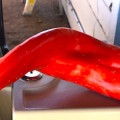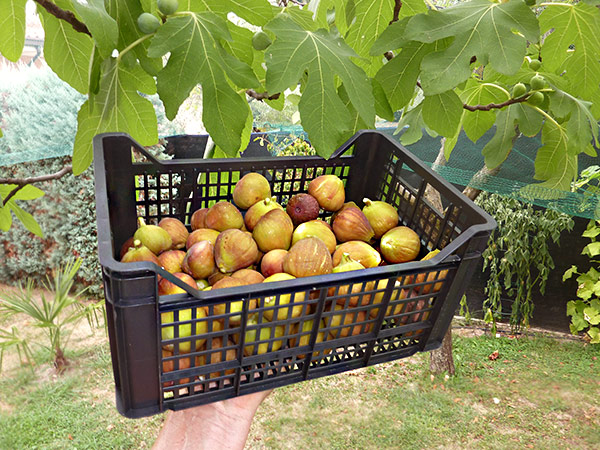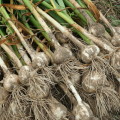These peppers are an oddity because they are the same species, Capsicum chinense, as the habaneros and superhots, but they barely have any any heat at all. They have the same fruity aroma as the hot ones and can be fried up in olive oil to make mild snacks. But the main use of these peppers is in the seasoning pastes so common in Caribbean grilling. Here’s a recipe to get you going. Turn up the soca or reggae on your outdoor stereo!
Caribbean Herb Seasoning Paste
This seasoning paste and marinade enlivens otherwise bland grilled lamb, pork chops, or chicken. In Barbados, the cooks place the paste under the skin of chicken about to be grilled. Try it as a basting sauce for grilled vegetables too–such as eggplant and zucchini. When using this sauce to marinate meat, combine 3 tablespoons of this seasoning mixture with 1/2 teaspoon soy sauce, ground black pepper, 1/2 cup chopped tomatoes, and 1 teaspoon Worcestershire sauce and marinate 1 and 1/2 pounds of meat preferably overnight or at least for 2 to 3 hours. Some of the measurements are authentically vague, so get your bunches together.
4 seasoning peppers, seeds and stems removed, chopped (or substitue 1/2 red bell pepper, sauteed in oil until just soft and chopped)
1/2 habanero chile, seeds and stem removed, chopped
3 bunches chives or green onions, coarsely chopped
1 bunch parsley leaves, coarsely chopped
1/2 bunch celery leaves, coarsely chopped
1/2 cup garlic cloves, peeled
1 leaf Spanish thyme or substitute 2 teaspoons fresh thyme and 1/2 teaspoon fresh Greek oregano
1/2 cup vinegar
1 teaspoon salt (or less to taste)
1 tablespoon ground ginger
1 tablespoon fresh or dried thyme
Water as needed
Combine all ingredients in a food processor and blend thoroughly, adding water as necessary to make a medium paste.
Yield: 2 to 3 cups
Heat Scale: Mild
Photo Credit: ‘Tobago Seasoning Pepper’, Janie Lamson, from our book, The Field Guide to Peppers












